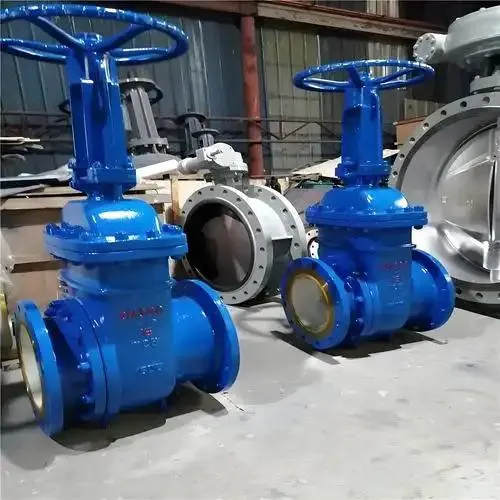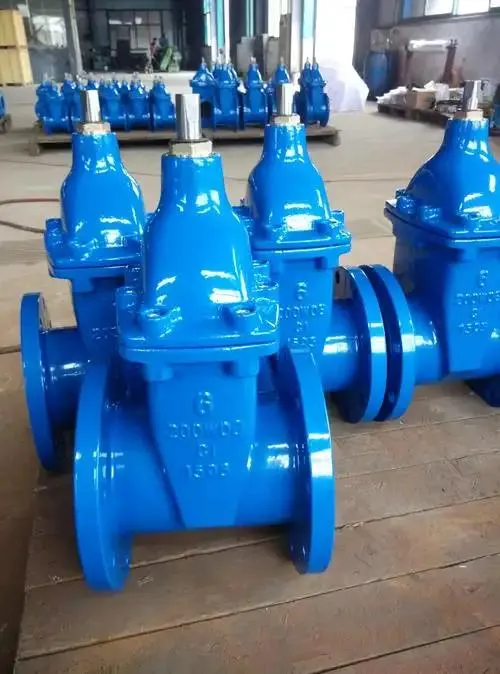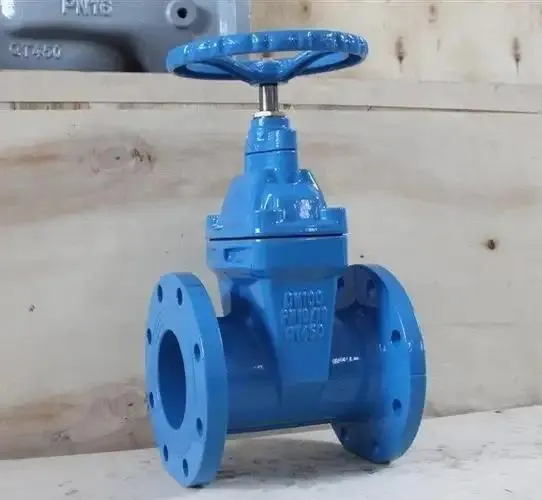Jun . 12, 2025 15:24 Back to list
Marine Applications Gate Valve Types
The marine industry relies heavily on robust and reliable fluid control systems to ensure the safe and efficient operation of vessels and offshore infrastructure. Among the critical components in these systems are gate valves, which play a pivotal role in regulating fluid flow. This article explores the gate valve types commonly used in marine environments, with a focus on their design, functionality, and specific applications. We will delve into the importance of gate valves in marine systems, highlight the unique features of the 1 1 2 gate valve and 1 1 4 gate valve, and address frequently asked questions to provide a comprehensive understanding of these essential components.

Understanding Gate Valve Types in Marine Systems
Gate valve types are categorized based on their design, material, and operational mechanisms. In marine applications, the primary gate valve types include rising stem, non-rising stem, wedge gate, and knife gate valves. Each type serves distinct purposes, tailored to the demanding conditions of maritime environments.
- Rising Stem Gate Valves: These valves feature a stem that rises as the valve opens, providing a visual indicator of the valve’s position. They are ideal for above-deck installations where accessibility and visibility are critical.
- Non-Rising Stem Gate Valves: Compact and suitable for confined spaces, these valves are often used below deck or in pipelines where vertical space is limited.
- Wedge Gate Valves: Known for their tight sealing capabilities, wedge-shaped discs ensure minimal leakage, making them perfect for high-pressure marine systems.
- Knife Gate Valves: Designed to handle viscous fluids or slurries, these valves are commonly used in offshore drilling and ballast systems.
Marine-grade gate valve types are typically constructed from corrosion-resistant materials like bronze, stainless steel, or duplex steel to withstand saltwater exposure. Compliance with international standards such as ASTM, ISO, and marine classification society certifications ensures reliability and longevity.

The Role of Gate Valves in Marine Applications
Gate valves are indispensable in marine systems due to their ability to provide unobstructed flow when fully open and tight shut-off when closed. Their simple yet robust design makes them suitable for a wide range of applications, including:
- Ballast Systems: Gate valvescontrol the intake and discharge of seawater to stabilize vessels during loading or rough seas.
- Fuel Transfer Lines: They regulate the flow of diesel or heavy fuel oil between tanks and engines.
- Cooling Systems: Gate valvesmanage seawater circulation to prevent engine overheating.
- Firefighting Systems: Quick-acting gate valvesensure rapid water supply in emergencies.
The bidirectional flow capability of gate valves eliminates installation orientation constraints, while their low-pressure drop minimizes energy loss. Marine engineers prioritize gate valves for their durability and ease of maintenance, which are critical in remote or harsh offshore environments.
Features and Applications of 1 1 2 Gate Valve in Marine Settings
The 1 1 2 gate valve refers to a valve with a nominal diameter of 1.5 inches, optimized for medium-flow marine systems. Key features include:
- Compact Design: Its smaller size allows integration into tight spaces without compromising performance.
- High-Pressure Tolerance:Constructed from forged stainless steel, the 1 1 2 gate valve withstands pressures up to 600 PSI.
- Corrosion Resistance: Epoxy-coated bodies and PTFE seals protect against saltwater degradation.
In marine applications, the 1 1 2 gate valve is commonly deployed in:
Auxiliary cooling lines for generators.
Lubrication oil transfer systems.
Hydraulic control circuits.
Its reliability in frequent cycling operations makes it a preferred choice for systems requiring regular adjustments.

Advantages of Using 1 1 4 Gate Valve for Marine Operations
The 1 1 4 gate valve, with a 1.25-inch nominal diameter, bridges the gap between smaller and larger valves, offering versatility for specialized marine tasks. Its advantages include:
- Precision Flow Control: The intermediate size allows fine-tuning of flow rates in systems like fuel injection or chemical dosing.
- Lightweight Construction: Aluminum-bronze alloys reduce weight without sacrificing strength, ideal for mobile offshore units.
- Easy Maintenance: Standardized flange connections enable quick replacement or repairs.
Typical applications for the 1 1 4 gate valve include:
Bilge pumping systems.
Compressed air lines.
Potable water distribution networks.
Both the 1 1 2 gate valve and 1 1 4 gate valve are available in bulk quantities, ensuring seamless supply chain management for large-scale marine projects.

FAQs About Marine Applications of Gate Valve Types
What are the primary differences between gate valve types in marine systems?
Marine gate valve types differ in design and application. Rising stem valves offer visual position indication, while non-rising stem valves suit space-limited areas. Wedge gate valves excel in high-pressure sealing, and knife gate valves handle thick fluids.
How does a gate valve ensure leak-proof performance in saltwater environments?
Gate valves use corrosion-resistant materials like duplex steel and precision-machined wedges to create a metal-to-metal seal. Regular maintenance, such as lubricating the stem, further enhances longevity.
Why is the 1 1 2 gate valve preferred for auxiliary marine cooling systems?
The 1 1 2 gate valve balances flow capacity and compactness, making it ideal for cooling lines where space and moderate flow rates are critical. Its forged construction resists thermal expansion.
Can the 1 1 4 gate valve be used in high-vibration marine environments?
Yes. The 1 1 4 gate valve’s robust design and flange bolting withstand vibrations common in engine rooms or pump stations.
Are gate valve types compliant with international marine safety standards?
All gate valve types discussed meet ISO 5208, ASTM A216, and classification society standards (e.g., DNV, ABS), ensuring compliance with global marine safety regulations.
In conclusion, gate valves are vital to marine operations, with gate valve types tailored to specific needs. The 1 1 2 gate valve and 1 1 4 gate valve exemplify precision engineering for maritime challenges. As a manufacturer specializing in bulk production, we ensure these components deliver unmatched reliability, durability, and compliance, empowering the marine industry to navigate the world’s waters with confidence.
-
Thread Plug Gauge Requires Careful HandlingNewsJul.29,2025
-
Surface plate calibrationNewsJul.29,2025
-
Ring Gauge Ensures Machining AccuracyNewsJul.29,2025
-
Pad Iron Reinforces Anchor PointsNewsJul.29,2025
-
Ground anchor stabilizes embankmentsNewsJul.29,2025
-
Granite Box Maintains Precision FlatnessNewsJul.29,2025
Related PRODUCTS









